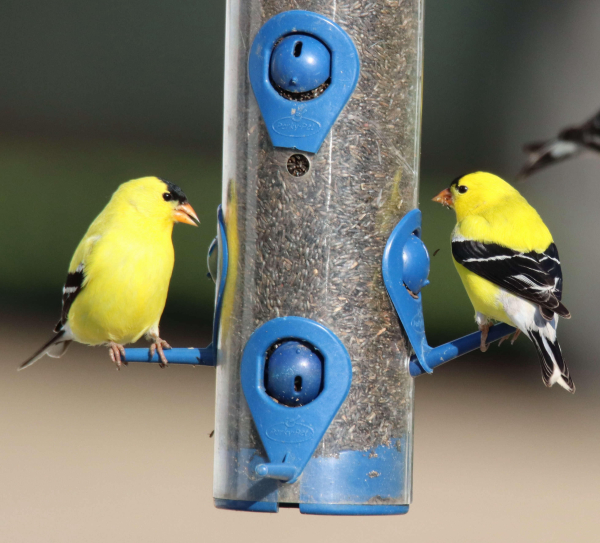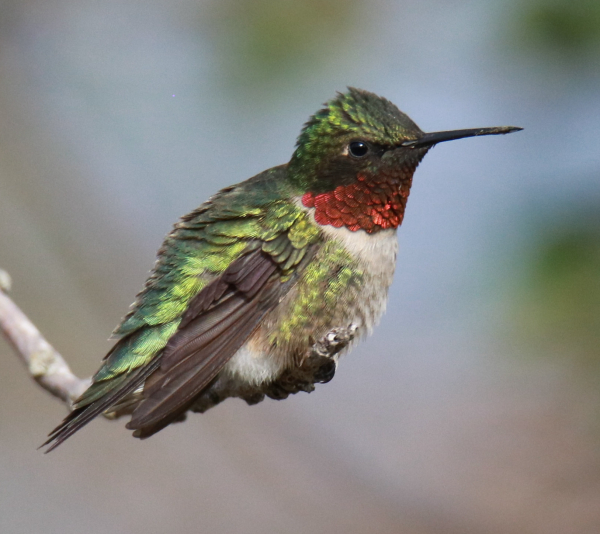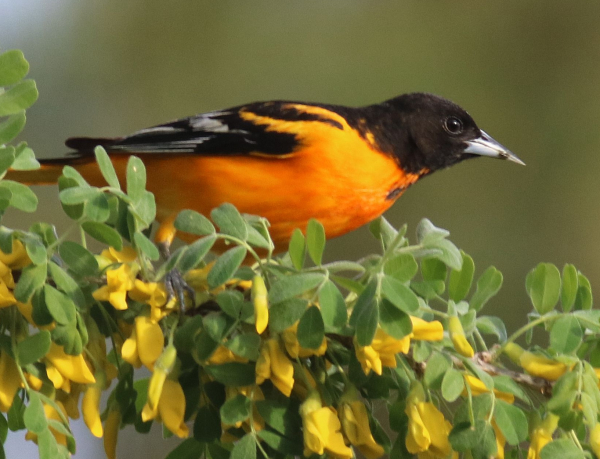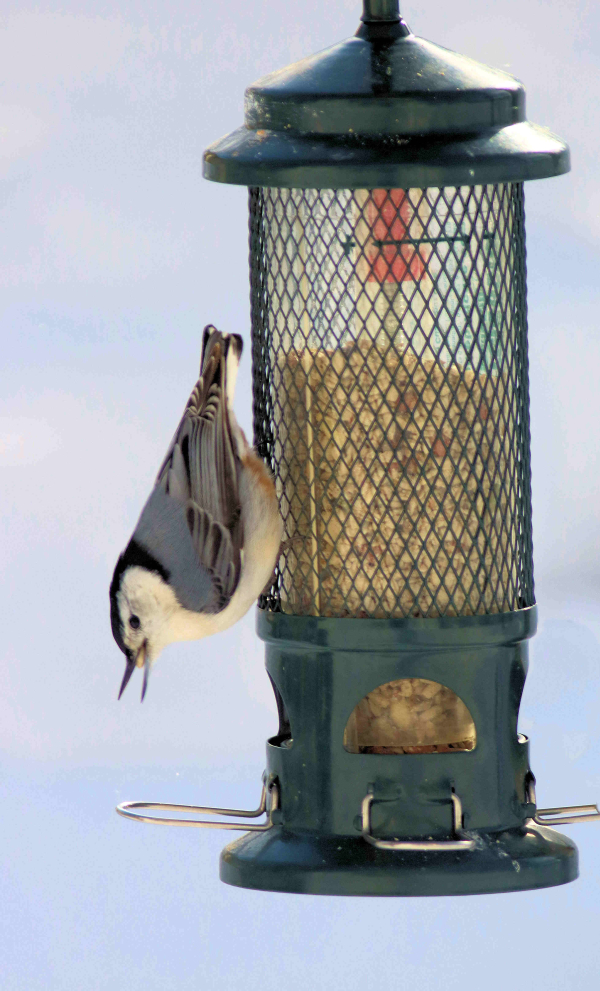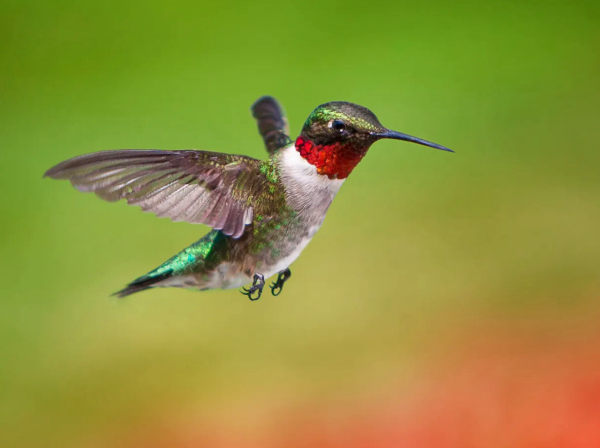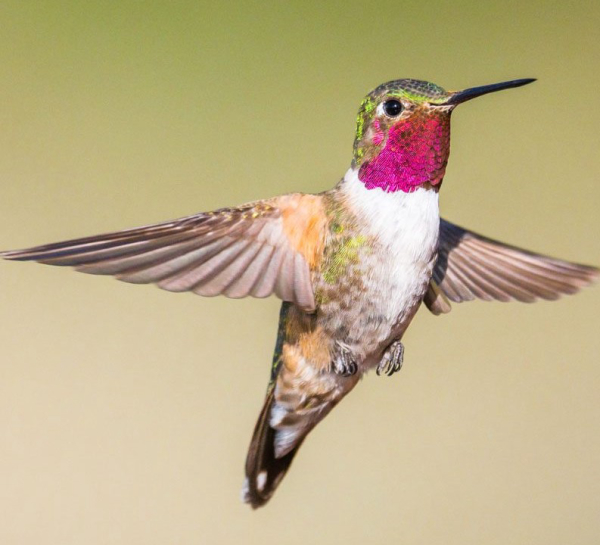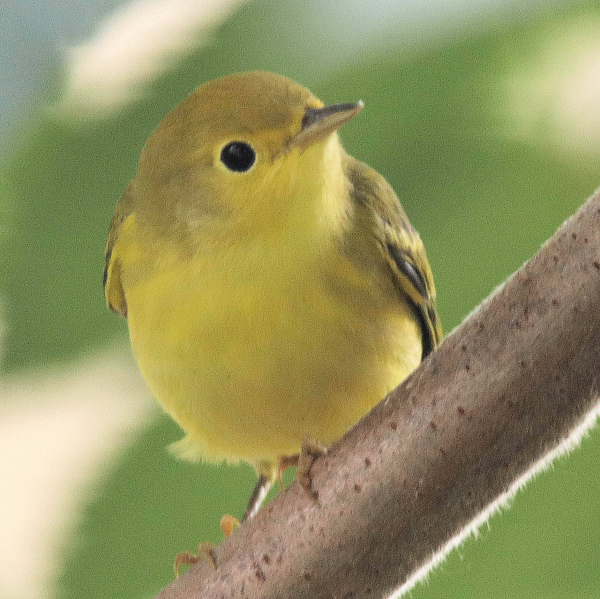Your Feeding Station as a Stopover Attraction
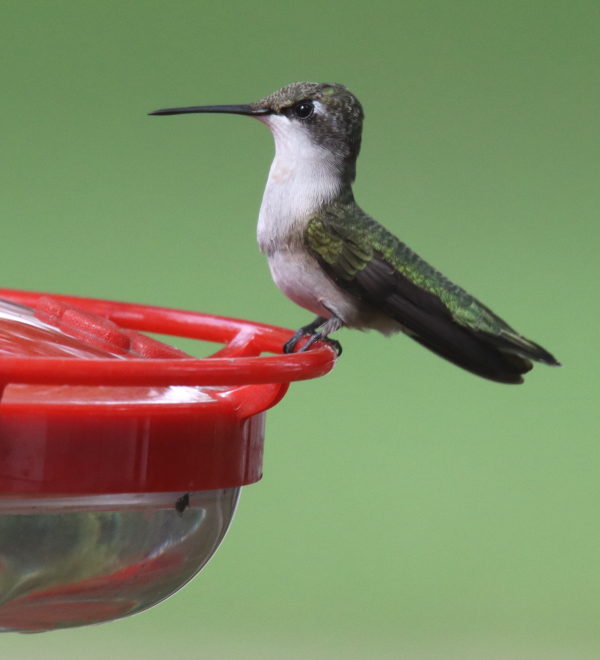
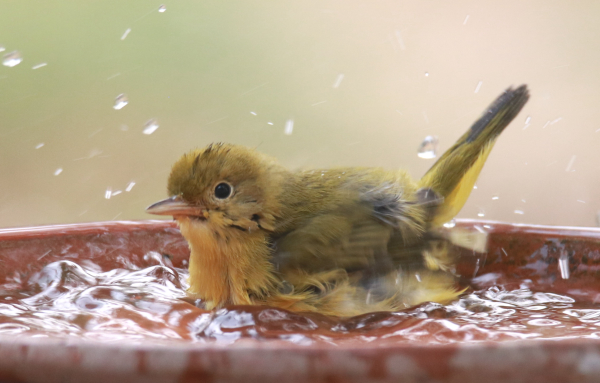
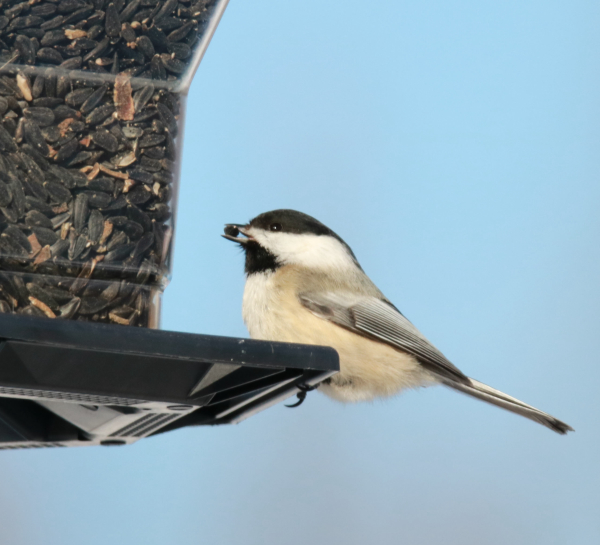
Rather than mixed seed blends, offer black oil sunflower seeds to provide the most nourishing seeds for small and large birds alike. You can also avoid the mess of seed hulls by providing shelled “sun seeds.”
As adult songbirds and recent fledglings engage in post-nesting dispersal, during which they move to other areas to take advantage of seasonal foods, while other birds begin their southbound migration, you can make your feeding station including your water feature, into a real stopover attraction. After the nesting season is clearly over and birds are on the move, it’s easy to attract them and even short stop them when they need to rest, eat, and drink – maybe even bathe. Turn on your neon sign now to let them know that they can do it all at your feeding station and yard.
Clearly, some birds can and will stop over for extended periods – several days, even weeks – including hummingbirds, orioles, finches, thrushes, native sparrows, even warblers. Other birds may only stay for part of a day, or they may simply pass through your trees to forage for bugs and caterpillars. Warblers and vireos tend to be part of the dine and dash visitors, but they can also be the most interesting birds you will see during early migration, so keeping your birdbath filled with an inch or less of fresh water can give them an added incentive to stay a little longer, or at least give you some closer looks at them.
As we provide a variety of foods at our feeding station, combined with fresh water, we can and do benefit birds during their journey south. And if they spend some additional time because you have filled feeders, fresh water, and a clean feeding station overall, you are doing your part to make sure adults, and fledglings making their first flights south, have all they need during this critical migration period.
During stopovers, most songbirds are foraging for abundant insects that provide the basis for their diets during late summer, but we can provide variety of supplemental foods and water for them at our feeding stations. A well-maintained feeding station can also provide a variety of interesting observations for us – birds we only see at this time of year, as they disperse; we may even see new birds for the first time in our yards.
Overall, the variety of bird foods we offer during late summer are a continuation of foods we’ve provided since spring, but it’s important to keep feeders clean and filled – an empty feeder, even for a few hours, can be the difference between keeping birds around, or having them move on. It can also be the difference in attracting a new species or having it look elsewhere – it’s that important during this transition period.
Hummingbirds began arriving in our yard 10 days ago as they disperse after leaving nesting territories. Now they are fueling up on sugar-water nectar and tiny insects in preparation for the next leg of their migration. Keeping your nectar feeder filled with fresh nectar in a red feeder will attract dispersing and migrating hummingbirds that should continue through September or October, depending on where you live. Certainly, lucky sunbelt birders who have hummingbirds on hand throughout the year, or most of the year, know the value of keeping their hummingbirds coming with clean feeders and fresh nectar. But now’s the time we all have a chance to enjoy dispersing and stopover hummingbirds, maybe even seeing a species of hummingbird that we haven’t seen before at our nectar feeder.
Orioles are definitely on the move too, and even if you have had orioles throughout the summer, or if you haven’t seen them since spring migration, be sure to gear up for orioles by having some oranges sliced in half in full view to attract then. But to keep orioles coming back, be sure to provide grape jelly – it appears jelly is a great way to sweeten up the caterpillars and insects they forage for during forays away from your feeding station.
You can try adding other fruits too, but oranges and grape jelly are oriole stapes. You may be surprised by the other birds that utilize these food options – thrushes and finches for example, and warblers may be attracted by tiny insects attracted to the fruits. Orioles and House Finches may also utilize sugar-water nectar, although you will want to provide nectar in an oriole feeder, which has larger holes in feeding ports to accommodate these birds’ larger bills.
Providing fresh water is the easiest and cheapest way to attract and benefit birds, plus it attracts the greatest variety of birds, including species that aren’t usually attracted to a feeder. An excellent tip during migration season is that the sound of moving water will help more birds find your water feature. Dispersing or migrating birds that arrive in your neighborhood don’t know where to find water, so they listen for moving water to locate a water source.
An exceptional variety of birds are known to eat the suet and peanut butter-based mixture, Bark Butter. In fact, 156 different species of North American birds are known to eat Bark Butter, available as a spreadable blend that can be spread on tree bark or any surface, although it is also available in as pea-sized pellets that can be offered in a feeder or dish.
Speaking of suet, we like to provide suet year-round, and no-melt suet varieties are popular during warm weather months. You may be surprised when thrushes, warblers, finches, and other birds stop by for suet, along with the regular woodpeckers and nuthatches. We actually use no-melt hot-pepper suets blends that repel squirrels and other mammals, but don’t affect birds’ interest in the pepper-infused suet.
Because even the small chickadees, goldfinches and other finches relish black oil sunflower seeds, along with larger birds like grosbeaks, woodpeckers, nuthatches, jays, and more, we emphasize providing this nourishing bird food over all other seeds. “Sun seeds” will attract the greatest variety of seed-eating birds and we avoid the mess that shells create by dispensing shelled sunflower seeds.
As for mixed seeds, most mixed seed blends contain a wealth of “filler” seeds and corn that attract blackbirds, starlings, and squirrels, so we suggest just providing the best seeds for birds – black oil sunflower seeds – and thistle seeds. We always keep a hopper feeder filled with thistle seeds (also known as nyjer seeds or nyjer thistle seeds) as added incentive to attract American Goldfinches, Lesser Goldfinches, House Finches, Pine Siskins, and other small seed-eating birds to return.
If you like to attract jays, their soft spot is unsalted, shelled peanuts, although they will also eat sunflower seeds and suet. Nuthatches, woodpeckers, and other birds also relish peanuts, so you can’t go wrong by adding them to your feeding station menu.
What birds are you expecting during the coming days and weeks as dispersing and migrating birds make a refueling stop in your area? Your efforts to provide a variety of foods with fresh water will unquestionably benefit the birds that find your feeding station and landscaping features. Feeding birds is rewarding in a variety of ways; enjoy the process daily.


